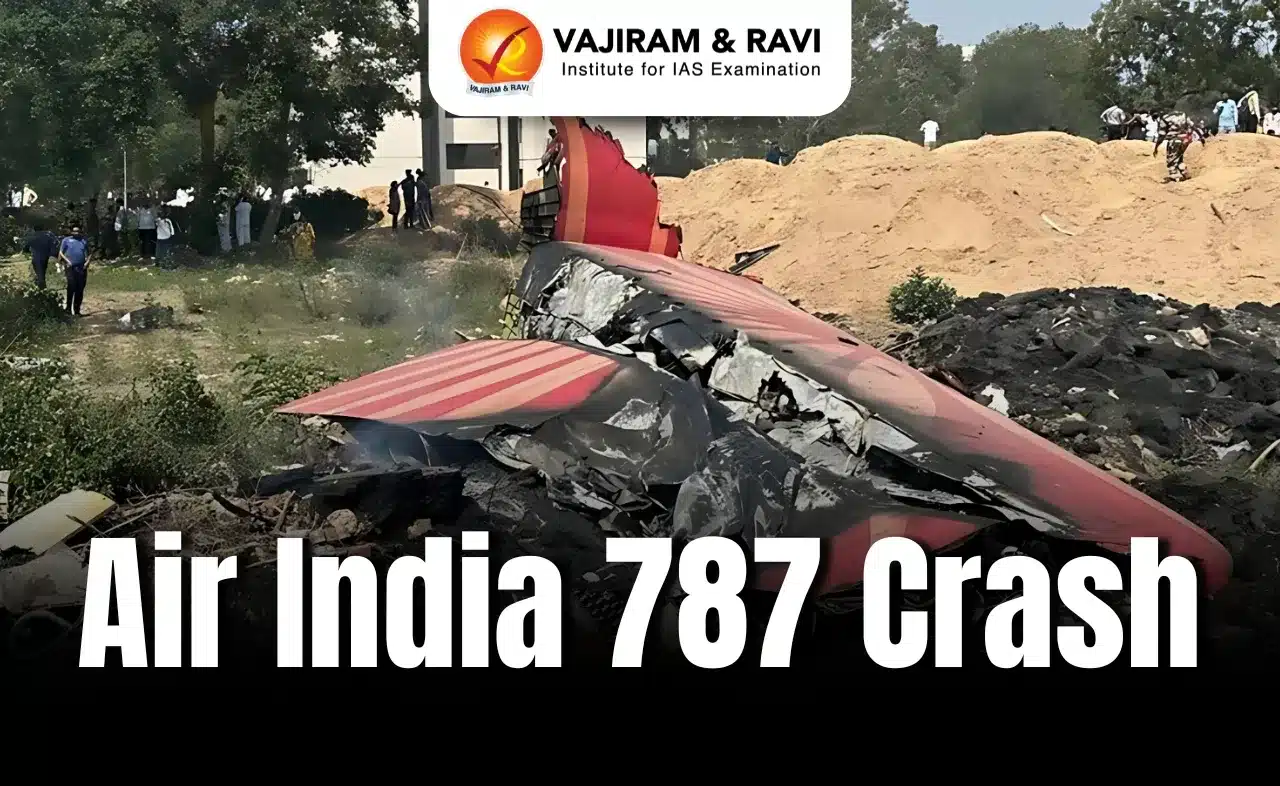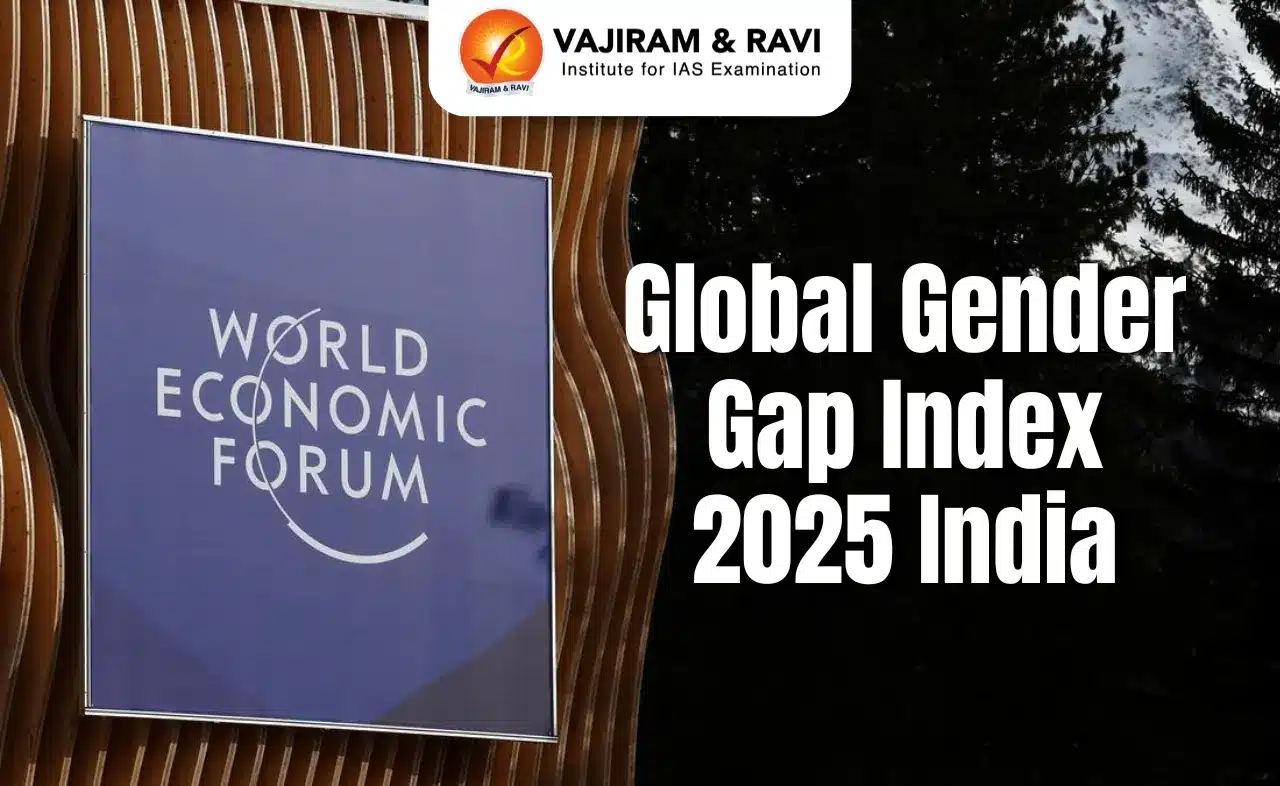What’s in today’s article?
- Background
- Emissions from India’s Transport Sector
- Key Findings of the Study
- Least-Cost Policies for Decarbonization
- Risk of Business-As-Usual Scenario
- Conclusion
Background
- A recent study by the World Resources Institute (WRI) India reveals that India’s transport sector has the potential to reduce carbon dioxide (CO2) emissions by up to 71% by 2050 if key strategies are implemented.
- These strategies include electrification, improving fuel economy standards, and adopting cleaner modes of transport and mobility.
Emissions from India’s Transport Sector
- In 2020, India’s transport sector contributed 14% of the country’s total energy-related CO2 emissions.
- The study stresses the urgent need for an emission reduction roadmap for the sector to help meet India’s net-zero target by 2070.
- The findings are based on an energy policy simulator that models various decarbonization targets and outcomes.
- Sectoral Breakdown of CO2 Emissions:
- Road transport remains the most carbon-intensive segment, accounting for 90% of the transport sector’s CO2 emissions.
- Two-wheelers contribute 16%, cars 25%, buses 9%, light-duty freight vehicles 8%, and heavy-duty freight vehicles 45%—the highest of any category.
- Other modes like railways, aviation, and waterways accounted for 6%, 3%, and 1% of energy consumption, respectively.
Key Findings of the Study
- The report highlights that a high-ambition strategy involving electrification, fuel economy improvements, and modal shifts could significantly reduce CO2 emissions.
- According to the study, implementing these strategies at their maximum potential could cut CO2 emissions and fossil fuel consumption by 71% by 2050, compared to a business-as-usual (BAU) scenario.
- The study also notes that integrating a carbon-free electricity standard, where 75% of electricity comes from renewable sources, could lead to a 75% reduction in emissions by 2050 compared to BAU levels.
Least-Cost Policies for Decarbonization
- Subrata Chakrabarty, Associate Program Director at WRI India and co-author of the study, emphasized that decarbonizing India’s transport sector can be achieved through cost-effective policies.
- The simulation suggests that shifting to low-carbon transport for both freight and passenger segments is the most economical long-term solution, with an estimated saving of Rs. 12,118 per tonne of CO2 abated.
- Electric Vehicles and CO2 Reduction:
- One of the most effective strategies for reducing CO2 emissions is the expansion of electric vehicle (EV) sales.
- The study estimates that the annual abatement potential for CO2 emissions from EV adoption could reach 121 million metric tonnes (MtCO2e).
- Additionally, decarbonizing electricity generation could further enhance the effectiveness of EV electrification targets.
Risk of Business-As-Usual Scenario
- If India follows a BAU scenario, the transport sector will continue to rely heavily on fossil fuels until 2050.
- The study warns that fossil fuel consumption, including LPG, diesel, and petrol, is expected to quadruple over the next three decades.
- This rise will be driven by a surge in passenger and freight travel demand, which are projected to triple and increase sevenfold, respectively, between 2020 and 2050.
Conclusion
- The WRI study highlights the need for ambitious policies and strategies to decarbonize India’s transport sector, emphasizing the importance of electric vehicles, fuel efficiency, and cleaner transportation modes.
- Without these measures, India risks remaining heavily dependent on fossil fuels, further driving CO2 emissions in the coming decades.
Q1. What is the UNFCCC and what do they do?
The UNFCCC secretariat (UN Climate Change) is the United Nations entity tasked with supporting the global response to the threat of climate change. UNFCCC stands for United Nations Framework Convention on Climate Change.
Q2. What is the difference between mitigation and adaptation?
In essence, adaptation can be understood as the process of adjusting to the current and future effects of climate change. Mitigation means preventing or reducing the emission of greenhouse gases (GHG) into the atmosphere to make the impacts of climate change less severe.
Source: With high targets, CO2 emissions from transport sector could be slashed up to 71% by 2050: Study | HT
Last updated on June, 2025
→ UPSC Notification 2025 was released on 22nd January 2025.
→ UPSC Prelims Result 2025 is out now for the CSE held on 25 May 2025.
→ UPSC Prelims Question Paper 2025 and Unofficial Prelims Answer Key 2025 are available now.
→ UPSC Calendar 2026 is released on 15th May, 2025.
→ The UPSC Vacancy 2025 were released 1129, out of which 979 were for UPSC CSE and remaining 150 are for UPSC IFoS.
→ UPSC Mains 2025 will be conducted on 22nd August 2025.
→ UPSC Prelims 2026 will be conducted on 24th May, 2026 & UPSC Mains 2026 will be conducted on 21st August 2026.
→ The UPSC Selection Process is of 3 stages-Prelims, Mains and Interview.
→ UPSC Result 2024 is released with latest UPSC Marksheet 2024. Check Now!
→ UPSC Toppers List 2024 is released now. Shakti Dubey is UPSC AIR 1 2024 Topper.
→ Also check Best IAS Coaching in Delhi





















